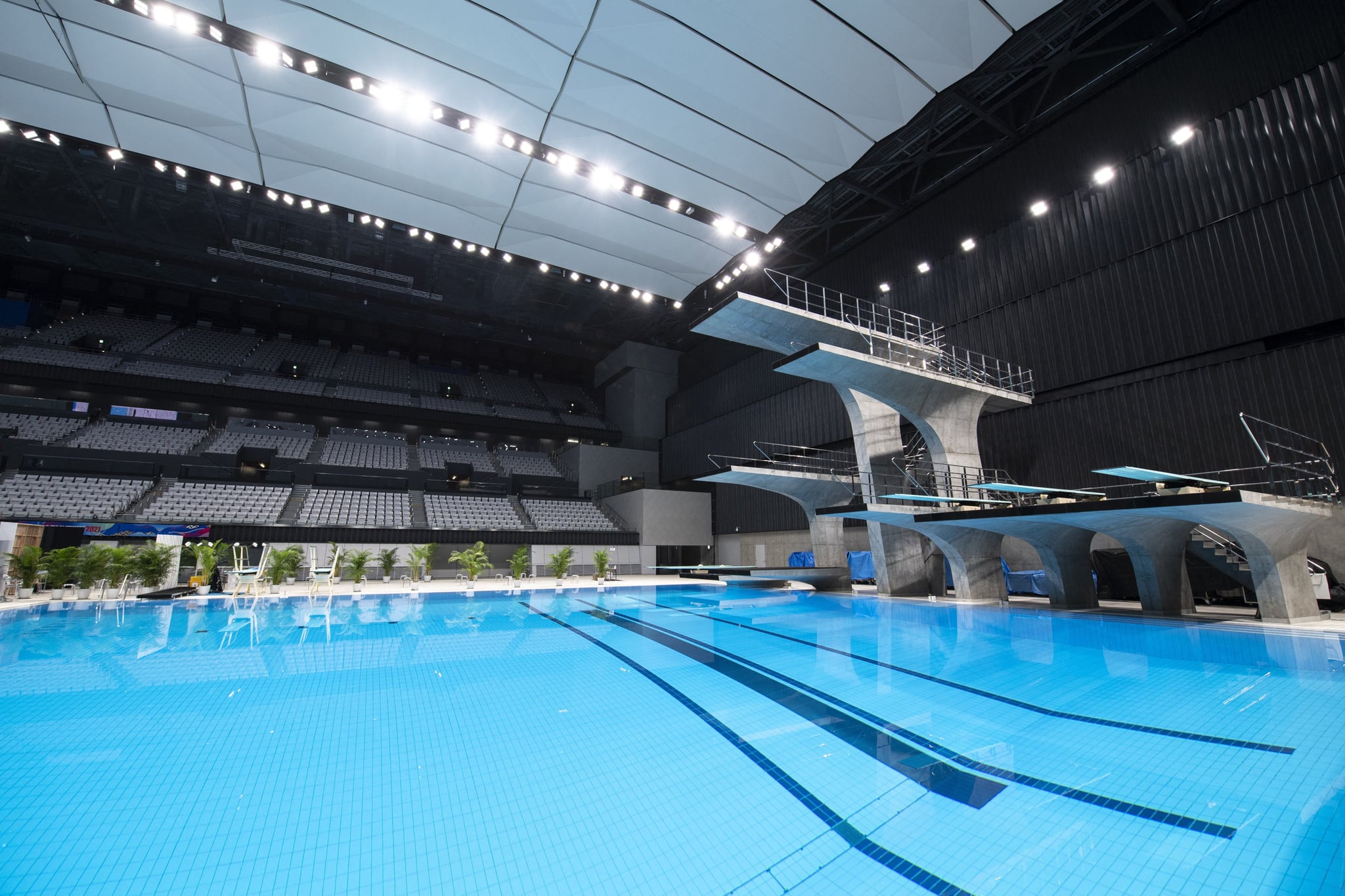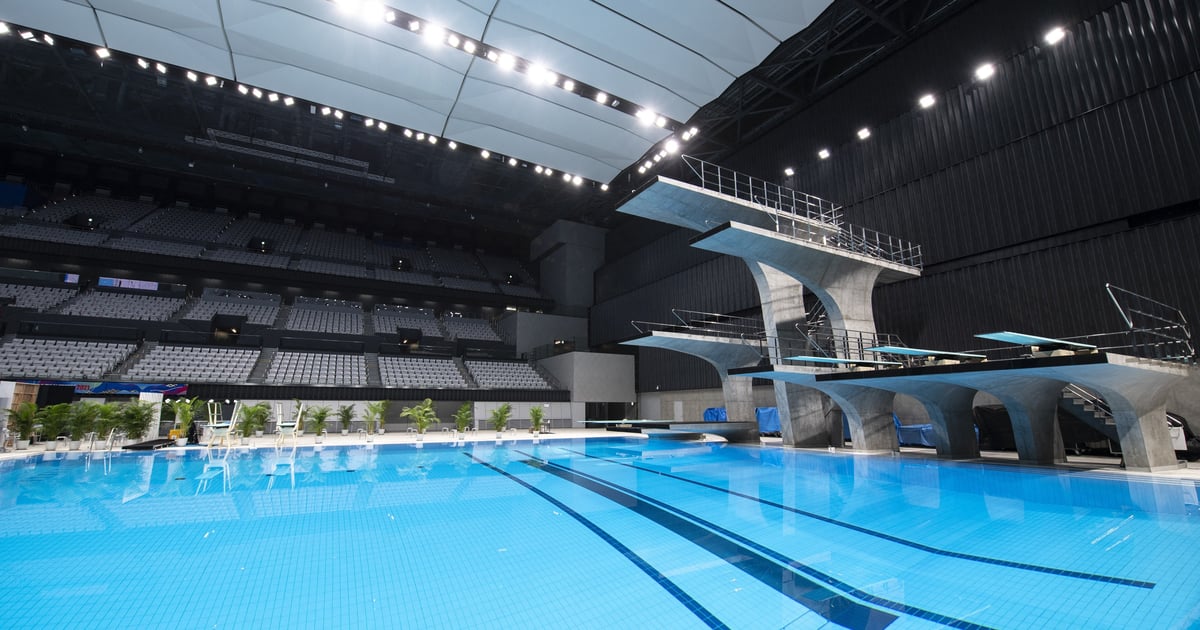
As a former competitive swimmer, I live for the Summer Olympics. Swimming and diving are my jam, and while I could probably recite the medal counts of Michael Phelps, Ryan Lochte, and Katie Ledecky backwards and forwards, diving has always been the event that takes my breath away. The accuracy, consistency, grace, and skill that goes into Olympic diving is truly next level. If you, too, enjoy watching diving, there may be a few questions swirling around in your mind during the event. Like, “I used to dive as a kid. This can’t be that hard, right?” or “How deep is that pool, anyway?” For starters, diving really is an astonishingly difficult sport, and the pool — well, it’s deep alright.
At the Olympics, you’ll see divers compete in either springboard or platform diving. You’ll know it’s springboard diving by the way an athlete literally springs into the air, the same way you did at the pool as a kid (minus the somersaults and spins). The International Federation of Aquatic Sports (FINA) requires that all platform diving take place from a platform 10 meters above ground, whereas springboard divers compete on boards at one and three meters. To help give you a better picture, 10 meters is the equivalent of 32 feet — or the height of two giraffes! Needless to say, the pool has to be deep in order for a drop like that to be done safely.
Because springboard and platform diving take place in the same pool, the country hosting the Olympics must abide by FINA’s recommended minimum depth for 10-meter platform diving, which is five meters, or 16 feet, deep. For reference, an average high school or community pool is around eight to 10 feet deep, assuming that it isn’t set up for competitive diving. See? We all learned something here. Now enjoy the Games!
To learn more about all the Olympic hopefuls, visit TeamUSA.org. Watch the Tokyo Olympics this summer on NBC.
